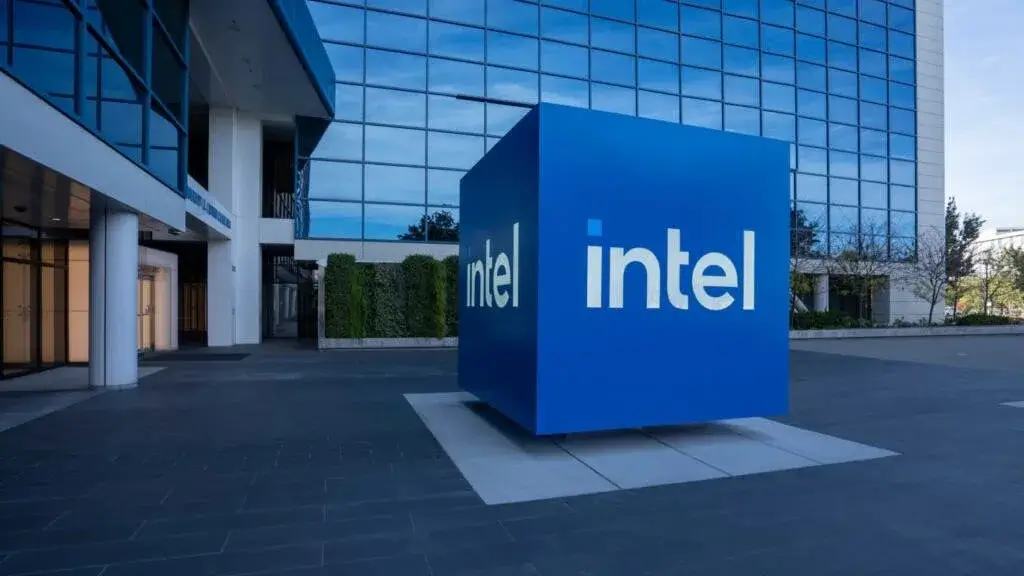Intel's stock has experienced significant volatility recently, driven by a combination of factors, including political pressure and underlying business challenges. A major catalyst was President Trump's call for the ouster of Intel's CEO, Lip-Bu Tan, due to concerns over his ties to Chinese companies. This demand initially sent Intel's shares tumbling. However, the situation took a surprising turn when Trump met with Tan, subsequently praising his leadership and signaling a potential easing of political pressures. This reversal led to a rebound in Intel's stock price.
Political Pressure and CEO's Background
President Trump's initial criticism stemmed from concerns raised by Senator Tom Cotton regarding Tan's alleged connections and investments in Chinese firms, some with ties to the Chinese military. These concerns cast a shadow over Intel, particularly given the ongoing US-China tensions surrounding technology and national security. Tan, who assumed the role of Intel's CEO in March 2025, responded by affirming his commitment to US national security and economic growth, emphasizing that he has always operated within the highest legal and ethical standards. He also highlighted Intel's significant investments in domestic semiconductor development.
Investor Concerns and Market Volatility
Beyond the political drama, Intel faces fundamental business challenges that have contributed to investor unease. The company has been struggling to maintain its competitive edge in the face of rivals like Nvidia and AMD, particularly in the booming AI chip market. Intel has also experienced significant losses in its foundry business. These struggles prompted a restructuring plan involving cost cuts and workforce reductions. Intel's revenue per share is $12.13, but a five-year trajectory shows a decline in revenue growth by 7.64%.
The implied volatility (IV) of Intel's stock is a market-derived measure that reflects the expected future price fluctuations. Intel's IV has risen from around 38% to 48%, reflecting a significant increase in market uncertainty surrounding the company's future. This rise in IV suggests that the market anticipates more significant price swings, which could be due to several factors. The elevated IV levels suggest the market is skeptical about the deal's likelihood and potential benefits. The jump in IV implies that investors are preparing for significant movement in Intel's stock price, driven by uncertainty.
Strategic Shifts and Future Outlook
Under Tan's leadership, Intel is undertaking strategic shifts to address its challenges. These include cutting costs, doubling down on its foundry business, and focusing on engineering. Intel is aiming for $3 billion in expense cuts. The company is also slowing construction work on new factories in Ohio and plans to build factories only when it sees demand for Intel's chips. Intel is also making progress towards high-volume manufacturing using advanced semiconductor process technology. Roth Capital has also raised their price target for Intel, demonstrating strong financial discipline and an ambitious AI strategy.
Despite these efforts, analysts remain cautious, with most assigning "hold" ratings to the stock. Concerns persist regarding Intel's ability to regain market share and achieve sustainable growth. Intel is facing challenges including weak organic PC demand, terribly poor growth in its data center and AI segment, and a foundry business whose future may be at risk. Intel's volatility as of August 10, 2025, is 49.29%.
Ultimately, Intel's stock performance will depend on its ability to execute its turnaround strategy, navigate the complex political landscape, and capitalize on emerging opportunities in the semiconductor industry.

















